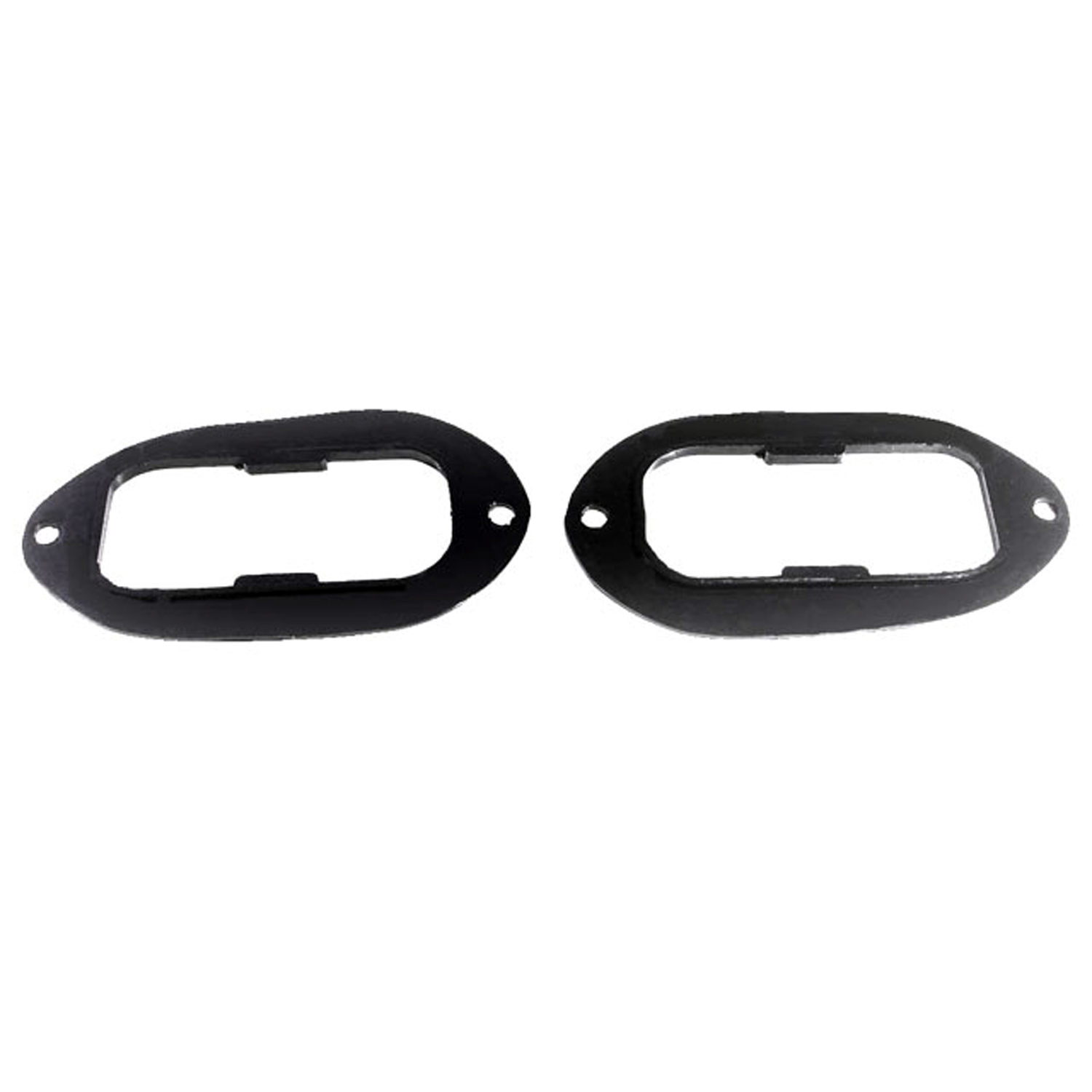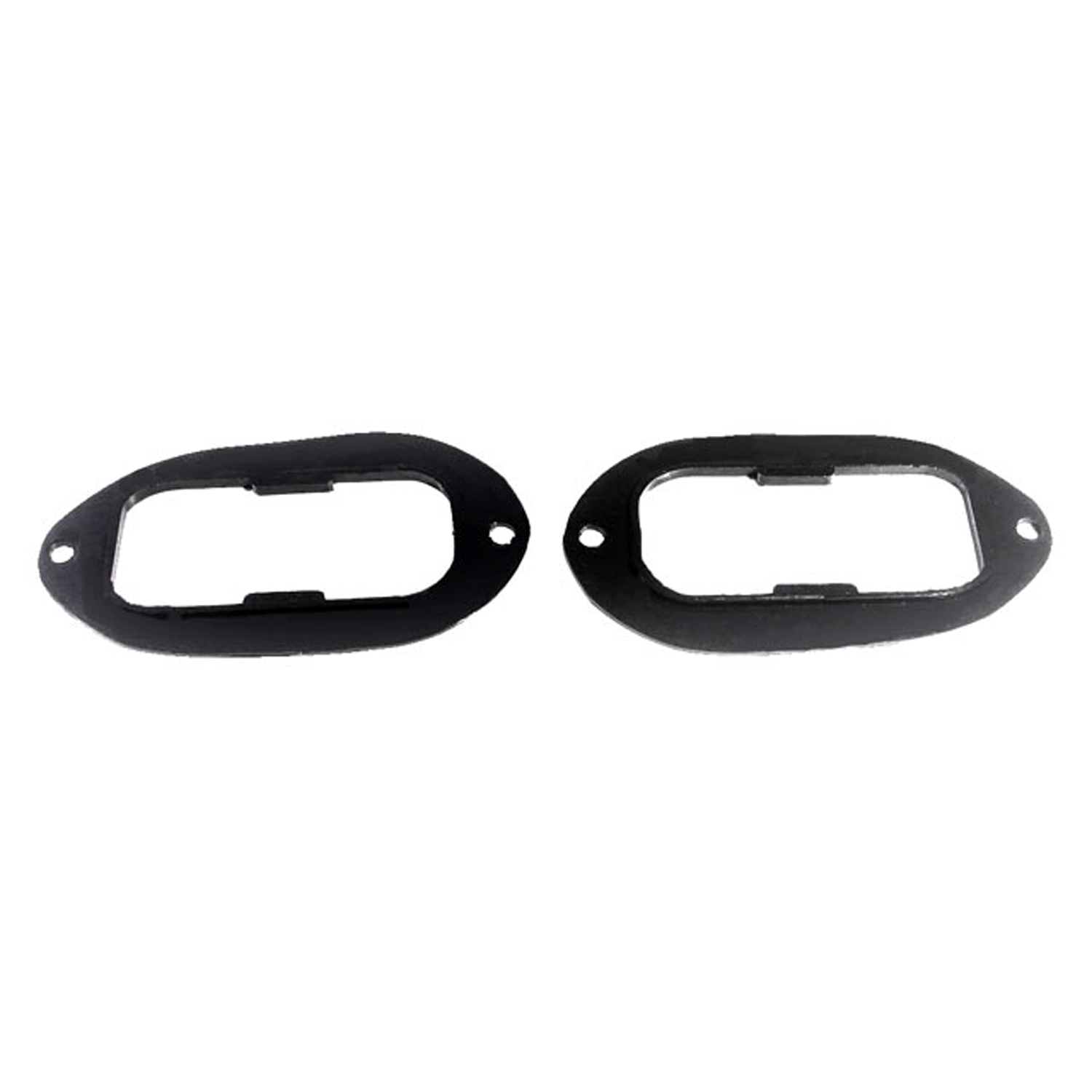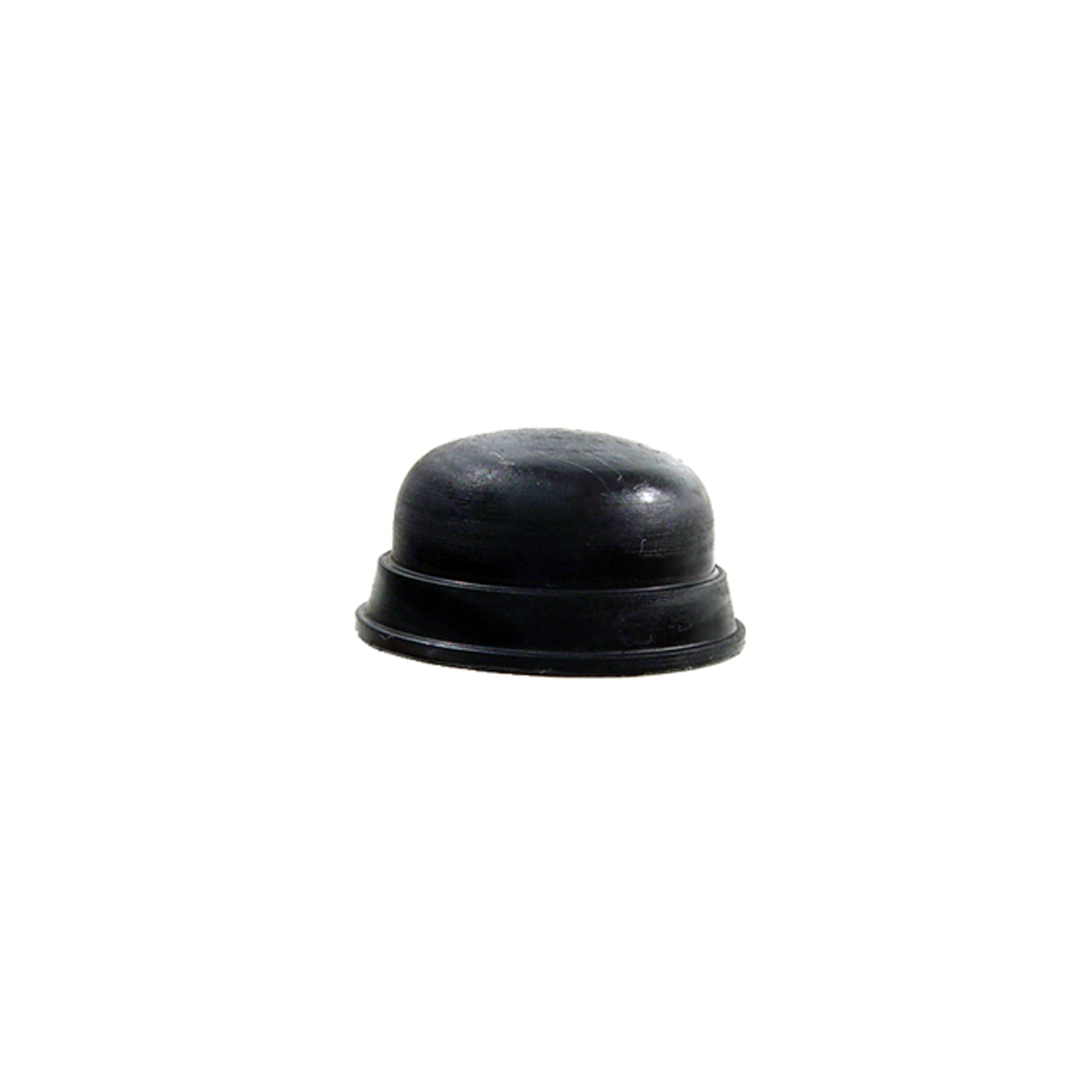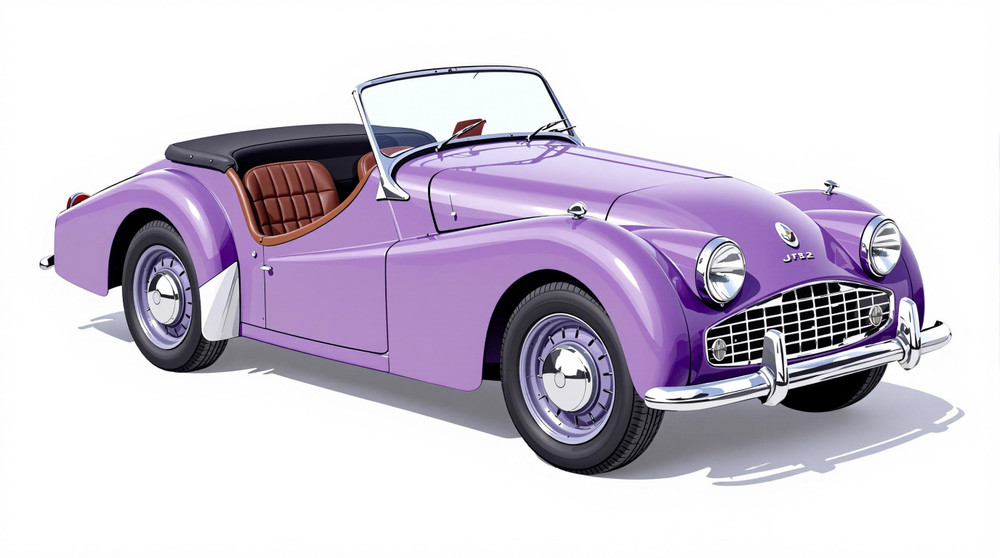Image of 1953 Triumph Tr2, Note: These illustrations use artistic license and may differ from actual historical models.
Performance Metrics
Fundamental Metrics
Emotional Appeal
MMP Rating
| Engine Specifications | |
|---|---|
| Engine: | Inline 4 |
| Displacement: | 1991 cc |
| Horsepower: | 90 hp |
| Torque: | 117 lb-ft |
| Compression Ratio: | 8.5:1 |
| Ignition System: | Coil and distributor |
| Cooling System: | Water-cooled |
| Performance Specifications | |
| 0-60 Time: | 12 seconds |
| 1/4 Mile Time: | Estimated at 18 seconds |
| Top Speed: | 105 mph |
| Transmission and Drive | |
| Drive Type: | Rear-wheel drive |
| Transmission Type: | 4-speed manual |
| Fuel and Efficiency | |
| Fuel System Type: | Twin SU carburetors |
| MPG: | 25-30 mpg |
| Dimensions and Brakes | |
| Brakes: | Drum brakes all around |
| Wheelbase: | 88 inches |
| Weight: | 2100 lbs |
Note: Specifications for classic cars are given to the best of our ability, considering the limited and variant data available.
1953 Triumph TR2: A British Sports Car Legacy
The 1953 Triumph TR2 stands as a testament to the ingenuity and spirit of post-war British automotive design. Born from the necessity to revive a war-torn industry, the Triumph TR2 emerged as a symbol of resilience and performance. Its manufacturer, the Standard Motor Company, aimed to capture the hearts of driving enthusiasts with a vehicle that offered both style and substance. The TR2 carved its niche in history by offering an affordable sports car experience, which was a rarity at the time. One unique aspect of its legacy is its impressive success in racing, particularly in the grueling 24 Hours of Le Mans where it proved its endurance and speed.
Design and Innovation
The exterior of the 1953 Triumph TR2 exudes classic British sports car charm with its long bonnet, swooping fenders, and a short rear deck. The cutaway doors and simple yet elegant grille design contribute to its timeless appeal. Inside, the TR2 was straightforward and functional with a focus on driver engagement over luxury. The materials used were modest but durable, reflecting the utilitarian post-war mindset while still providing comfort and flair.
Technologically, the TR2 was ahead of many contemporaries with features like independent front suspension and a four-speed manual gearbox. Color options ranged from vibrant Signal Red to suave British Racing Green, with white being a popular choice for its racing pedigree. The roadster body style was iconic, often fitted with optional wire wheels that completed its sporty demeanor.
Historical Significance
The Triumph TR2's impact on automotive design was profound as it helped popularize the affordable sports car segment. It set itself apart with a combination of performance, price, and practicality that few could match at the time. Its influence can be seen in successive generations of sports cars that aimed to capture the same balance that made the TR2 so desirable.
Performance and Handling
Underneath its hood lay a robust 1991cc inline-four engine capable of propelling the TR2 to a top speed nearing 100 mph—a remarkable feat for its era. Acceleration from 0-60 mph took just over 12 seconds, an impressive statistic in the early 1950s. On winding roads or when navigating through bumps, drivers praised the TR2 for its responsive handling and communicative steering. The driving experience was raw and exhilarating; from the throaty roar of the engine to the tactile feedback through the thin-rimmed steering wheel.
Ownership Experience
The Triumph TR2 was versatile enough to serve as a daily driver or weekend showpiece. Some even found their way onto racetracks due to their competitive nature. Maintenance is relatively straightforward by modern standards, making it an appealing choice for classic car enthusiasts looking for an engaging project or reliable vintage ride.
Fun Facts
A lesser-known fact about the TR2 is that it held several production car speed records in its day. Celebrity ownerships have included notable figures who appreciated its blend of performance and style. While critics may have pointed out its sparse interior compared to luxury models, fans adored its no-frills approach to driving pleasure.
Collector's Information
Today, a well-maintained 1953 Triumph TR2 can fetch anywhere from $20,000 to $40,000 depending on condition and provenance. Approximately 8,600 units were produced during its production run from 1953 to 1955. As these vehicles become rarer with time, their value has shown an appreciating trend among classic car collectors who cherish their historical significance and enjoyable driving dynamics.
Conclusion
The 1953 Triumph TR2 is more than just a vehicle; it's a piece of automotive history that encapsulates post-war optimism and innovation. Its blend of performance, affordability, and style created a blueprint for future sports cars that enthusiasts continue to admire today. Whether on display at a classic car show or heard roaring down country lanes on a sunny afternoon, the Triumph TR2 remains an enduring icon of Britain's motoring legacy.
1953 Triumph Tr2 Catalog of Parts
 1953 Triumph TR2 Tail-light Lens Gaskets. Pair-LG 3000-140Tail-light Lens Gaskets. Pair
1953 Triumph TR2 Tail-light Lens Gaskets. Pair-LG 3000-140Tail-light Lens Gaskets. Pair 1953 Triumph TR2 Tail-light Lens Seals. Replaces OEM #574634-MP 999-DTail-light Lens Seals. Replaces OEM #574634. 2-1/2" wide X 4-7/8" long. Pair
1953 Triumph TR2 Tail-light Lens Seals. Replaces OEM #574634-MP 999-DTail-light Lens Seals. Replaces OEM #574634. 2-1/2" wide X 4-7/8" long. Pair 1953 Triumph TR2 Starter Solenoid Button Cover. Perfect reproduction. Each-RP 1Starter Solenoid Button Cover. Perfect reproduction. Each
1953 Triumph TR2 Starter Solenoid Button Cover. Perfect reproduction. Each-RP 1Starter Solenoid Button Cover. Perfect reproduction. EachWhy Choose Metro?
For over 100 years, Metro Moulded Parts has been the pinnacle of quality in classic car restoration parts. Our commitment to precision and authenticity in every component ensures a perfect fit and an OEM-level appearance.
- Expert Craftsmanship & Quality: Each part is a testament to our dedication to reliability and perfection, crafted from original designs and thoroughly tested.
- Advanced Technology: We use cutting-edge techniques to create flawless, long-lasting parts that surpass others in performance.
- SuperSoft Sponge – The Ultimate Door Seal: Not only are our door seals 30% softer than competitors', but they're also guaranteed to never leak. They effectively reduce wind and road noise, enhancing your classic car's comfort and driving experience.
- Proudly American: Our parts are a product of American craftsmanship, made in the USA with a spirit of excellence and heritage.
- Unrivaled Warranty: We back our products with a 30-year industry-leading warranty, a testament to our confidence in their quality.
Join us in preserving the legacy of classic cars with parts that are crafted for perfection, not just made.

